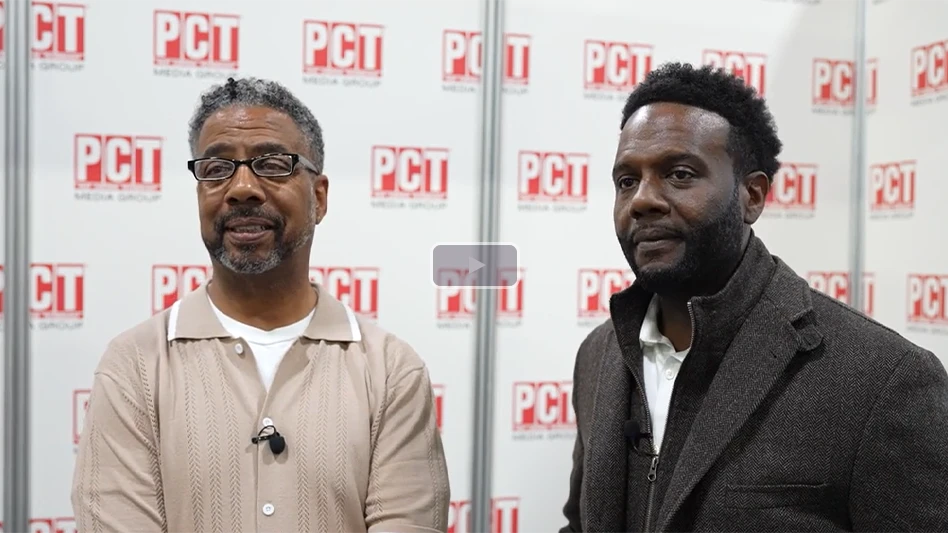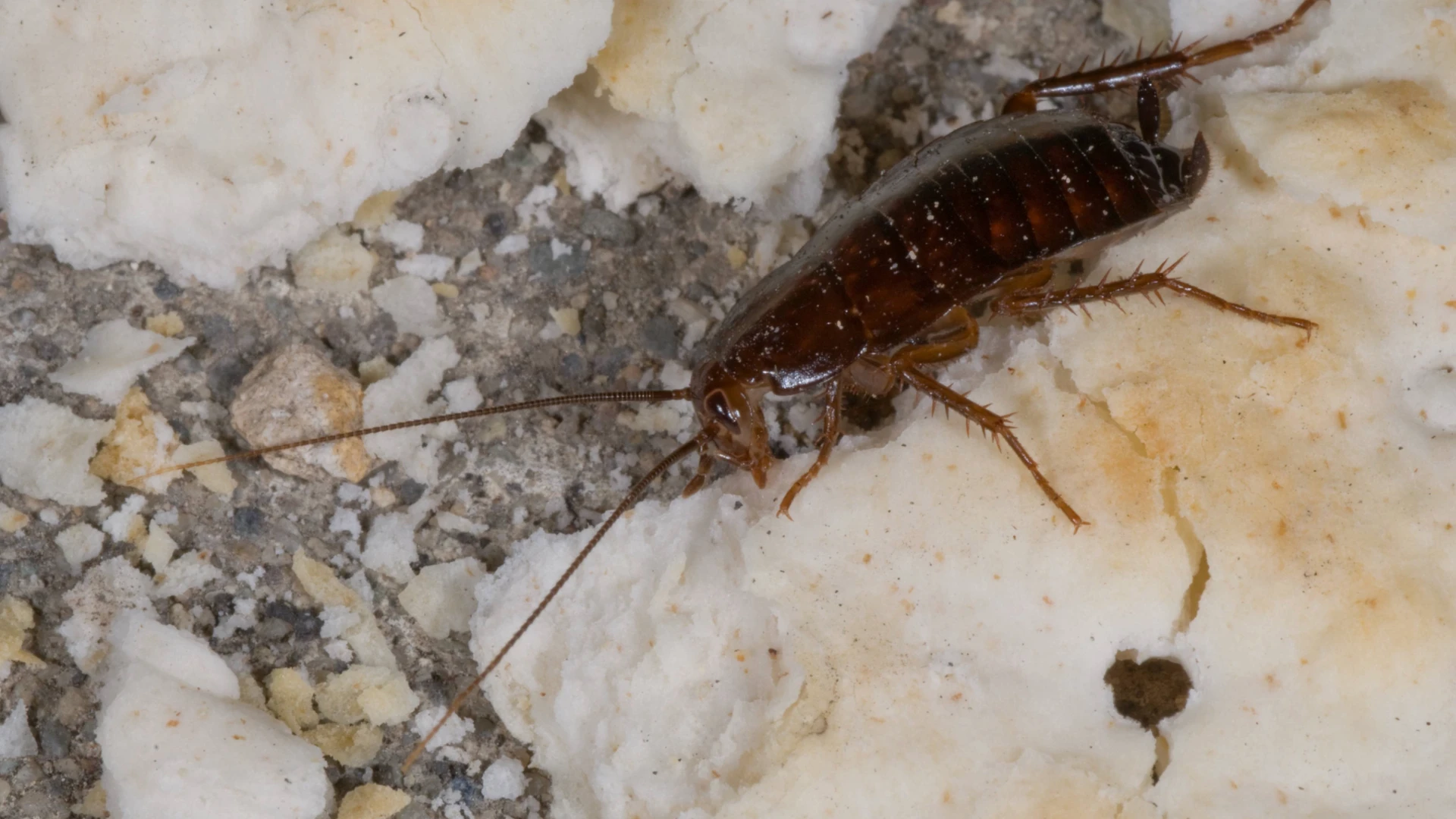DOCUMENT, DOCUMENT, DOCUMENT
Q I have faced a few attorneys lately because of lawsuits surrounding wood-destroying insect (WDI) inspections. I find it amazing that we are brought into these lawsuits even though the forms clearly state that the evidence found will not "guarantee" or "warranty" against termite, WDI infestations nor hidden damage. What is our recourse?
A Let’s see…where do I start? The number of court cases (or more specifically, lawsuits) filed surrounding WDI inspections (referring to mainly property transfers) revolves around a couple of things, a few of which are common sense.
The forms we generally use (NPCA-1 or any state form) clearly state that the information provided is not to be construed as a warranty or guarantee. They also state (although I believe not clearly enough) that the report is not a report that guarantees termites (our main concern) will not show up later or they are there and just cannot be seen. In other words, there is always a chance of hidden evidence including (but not limited to) active termites and/or damage we cannot see during an inspection, more specifically, the day of the inspection. In addition, we go further in listing inaccessible areas or areas that are obstructed the day of the inspection. All of this appears to be pretty straightforward.
When and if termites and/or damage(s) are found after the inspection, the problem becomes not one of common sense, but of pure emotion and, in some cases, maybe greed. Somebody has to pay for this and as always some say, "I would not have bought the home had I had known…" Now begins the process known as discovery.
In legal terms, "discovery" means "give me all you have in your files." Here is where documentation becomes paramount to resolving the case. If the documentation is clear and the documents are not obscure (in wording, diagrams or explanations) then maybe the case is favoring you. There are several things that complicate these situations:
1. Extensive damage. (How could you not have seen this?)
2. Signs of previous treatments. Even though we are required to mention this on the form(s) there are no explanations offered to the buyer as to what this can mean.
3. Who understands how an inspection is performed?
4. Experts against you that say you did a bad job.
5. The possibility of a jury trial (no matter how good the case DO NOT take this lightly). And because it is an emotional issue don’t forget the personalities involved. And finally, attorneys are good at what they do.
All these things considered can keep you awake at night. I guess the best question is how do we perform a better job, not how do we get out of the problem (maybe one is related to the other). Our recourses include trained inspectors, documentation and communication. I am always amazed when I talk to pest management professionals who do such inspections that they do not realize (or do not take advantage of the fact) that you can attach documents to the inspection form. This piece of paper is not, in any stretch of the imagination, all encompassing. It can be confusing and un-interpretable to the average person.
Here is a general example. Somewhere there are explanations as to how these forms should (or must) be filled out. Some are found in state regulations, some are adopted by state associations or even the National Pest Management Association as instructions to pest management professionals. You should be familiar with these and any interpretations of regulations your state officials offer up and consider them as you would labeling that accompanies pesticide labels. They could be enforceable and are certainly open to interpretation by an attorney. Generally, no one except pest management professionals sees these forms. Why do they remain a mystery until the case starts to evolve? I can think of several large groups of individuals who need to see these forms — including real estate agents, lending institutions, trial lawyers…can we think of others?
Nothing helps this situation more then a good inspection (including documentation). Train your people (this will be questioned during the discovery process). Have a set procedure for handling all inspections involving WDIs, from paperwork to inspection protocols. After all, some of the cases question our ability to stop termite infestations and perform annual inspections. But that is another subject! And NEVER ASSUME ANYTHING!
The author is president of George Rambo Consulting Services, Central, S.C. Fax questions to him at 864/654-2447 or via e-mail at grambo@pctonline.com.

Explore the January 2004 Issue
Check out more from this issue and find your next story to read.
Latest from Pest Control Technology
- Webinar: Maximizing Cash Flow — Key Strategies for Business Growth
- WorkWave Announces Wavelytics
- Rising Rat Populations Linked to Warming Temperatures, Urban Growth, Study Finds
- How Might the 2024 Elections Impact PCOs
- Keeping Track of Termite Identification
- Mosquito Joe Earns EPA's PESP Gold Level Designation
- Texas PestVets Coat Drive Collects Over 850 Items for Soldiers’ Angels
- Conquer Ants Fast!





